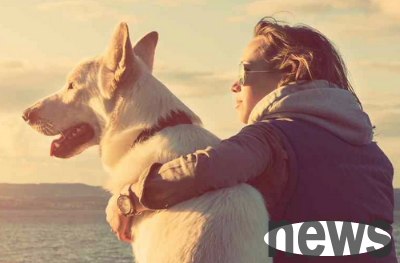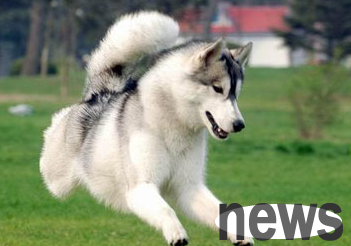What are the main symptoms of puppies’ calcium deficiency? What puppies must supplement vitamin D?
There is no doubt that puppies should not be supplemented by vitamin D supplementation! Therefore, before supplementing vitamin D, the owner must clearly understand whether he or she should supplement vitamin D? Have your mouse suffered from the following calcium deficiency? Do you still pay attention to coming? Early stage of calcium deficiency in puppy: its main symptoms include poor appetite, listlessness, and very thinness. It has the main symptoms of being accustomed to poach walls and playing with soil and wooden floors. It even eats itself over and over again, along with diarrhea or severe constipation and other digestive and absorption obstacles.

Calcium deficiency in the middle and late stages: The main manifestation of the disease is the slow decrease in the calcium water content in the blood night, which may lead to osteoporosis of the puppy, which is very prone to frightening, twitching, and even fainting and cardiac arrest. In the middle and late stages of calcium deficiency: puppies will mainly show stiffness, pain, inflexible stretching, and lame walking; human bones will deform, such as arched back, concave waist, deformation of hands and feet, and even too ugly "O" or "X"-shaped legs, and Buddhist beads appear on ribs.

It is important to understand that the prevalence of calcium deficiency in puppies is high, the current medical history is long, and the cost is huge. Therefore, it is important to immediately supplement vitamin D to prevent calcium deficiency! However, if puppies supplement vitamin D, they should not blindly follow the trend. So how should they supplement calcium to be healthy in their body and mind? What courses do parents have to do? First, what stage of puppies must supplement vitamin D? Parents must be very concerned and pay attention to. It includes young dogs and young dogs who are in the dental stage, female dogs during pregnancy and breastfeeding, elderly dogs, dogs that have long-term protein foods, dogs with high exercise intensity and large body shape, O-shaped legs and dogs with standing ear requirements.














